20 Common Items That Are Surprisingly Dirtier Than You’d Think
Many everyday items appear harmless, but collect germs that rarely get cleaned off. Studies have found bacteria like E. coli and staph on phones, remotes, and even sponges. These objects often go unnoticed in daily routines, allowing microbes to spread from one surface to another. While cleaning habits might seem thorough, it’s often the overlooked items that pose the biggest risk.
Recognizing these hidden hotspots helps prevent bacteria from moving through your home unnoticed. Here are 20 surprisingly dirty things most of us handle without even thinking about it.
Kitchen Sponges

Credit: pexels
If your sponge smells bad, it’s probably best to stop using it. These moist, food-packed pads are prime real estate for bacteria. One study found they can contain more microbes than a toilet. Rotate them weekly or microwave them for a minute if you’re in a pinch (but only if they’re damp).
Mobile Phones

Credit: pexels
Phones go everywhere with us, from bathrooms to dinner tables. We touch them constantly, but rarely think about cleaning them. Researchers have swabbed screens and found E. coli, staph, and more. A quick wipe with a screen-safe disinfectant once a day goes a long way.
Toothbrushes Near Toilets
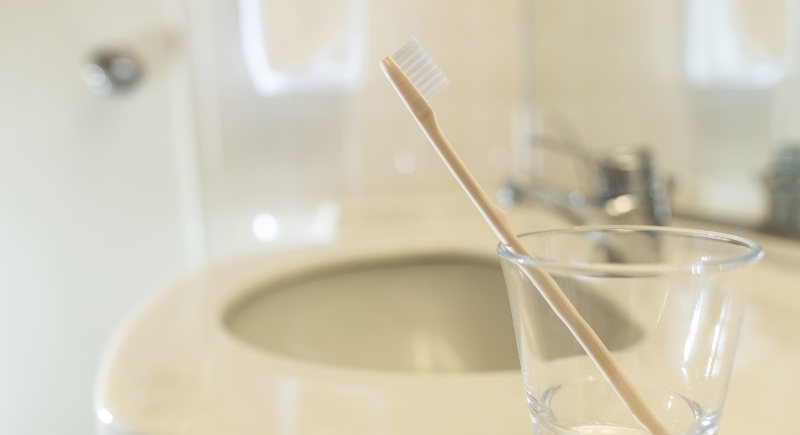
Credit: Getty Images
When toothbrushes sit too close, they catch those airborne particles. The best solution is to store your brush far from the toilet or tuck it inside a cabinet. And definitely let it air dry. Germs love damp bristles.
Gym Equipment

Credit: pexels
Even if the gym smells like disinfectant, the free weights might not be as squeaky clean. MRSA and other bacteria have been detected on shared machines and benches. Wipe down equipment before you use it, and wash your hands after. That dumbbell may have a microbial fan club.
Remote Controls

Credit: pexels
Few objects get handled as often and cleaned as rarely as remote controls. In hotels and homes alike, they collect bacteria such as staph and other germs from skin contact, food crumbs, and greasy hands. Wiping them down with alcohol-based cleaners on a regular basis cuts down the buildup and helps keep one of the most-touched items in your space safer.
Reusable Grocery Bags

Credit: Canva
You wouldn’t carry raw chicken juice around on your shirt, yet we treat our grocery bags like they’re immune to contamination. Leaky meat packages and unwashed produce can leave bacteria clinging to fabric. Toss them in the laundry regularly, especially after anything drippy made the trip home.
Pet Toys and Towels

Credit: pixelshot
Chewed-up tennis balls and favorite squeaky toys can carry plenty of bacteria, along with fur and saliva. Towels used for drying pets hang on to the same mix. Run soft toys and towels through the wash once a week, and toss anything that starts smelling sour or growing fuzz.
Chopping Boards
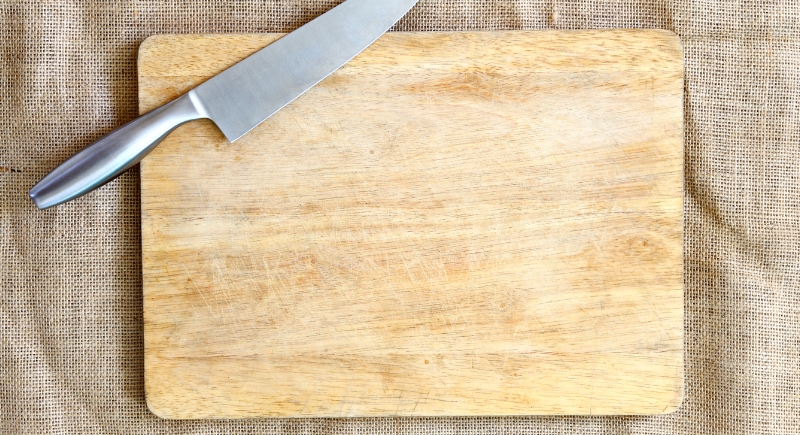
Credit: Getty Images
Knife grooves in cutting boards trap juices from raw meat, allowing bacteria like Salmonella to linger. Contamination can remain even after washing. Use separate boards for meat and vegetables, clean them thoroughly after each use, and replace boards that are heavily scarred or cracked.
ATM and Checkout Keypads
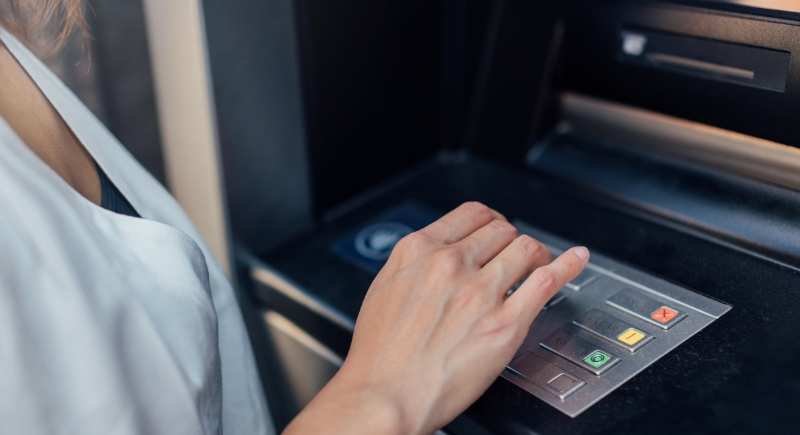
Credit: Getty Images
Payment terminals and ATMs get thousands of touches a day, but rarely a proper cleaning. Studies have found E. coli and similar germs on their buttons. Press with a knuckle if you can, and clean your hands afterward to cut the risk of picking something up.
Old Makeup
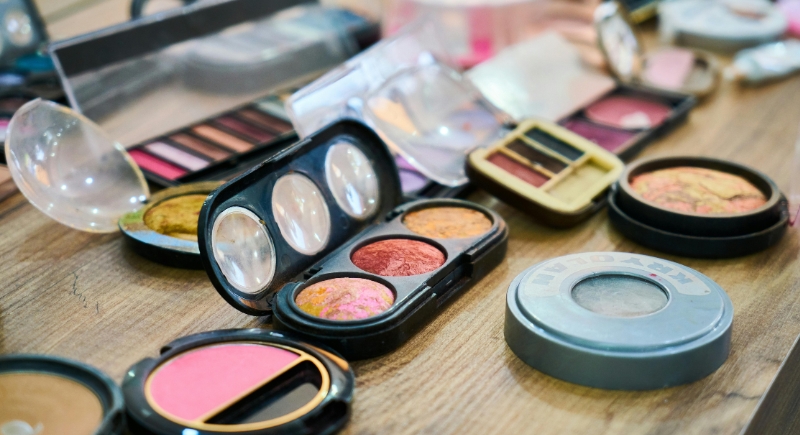
Credit: pexels
Expired makeup can harbor bacteria, especially cream-based products. Moist containers provide an ideal environment for germs like Staphylococcus. Using old mascara or foundation can lead to breakouts or infections. Replace products according to expiration dates and avoid sharing items like brushes or lip balm.
Steering Wheels

Credit: pexels
Fast food crumbs, gas station germs, and sticky fingers. Your steering wheel’s been through it all. Research has shown it can be filthier than a public toilet seat. If you’re snacking or doing touch-ups at red lights, that bacteria’s getting a free ride. A weekly wipe-down wouldn’t hurt.
Pillowcases
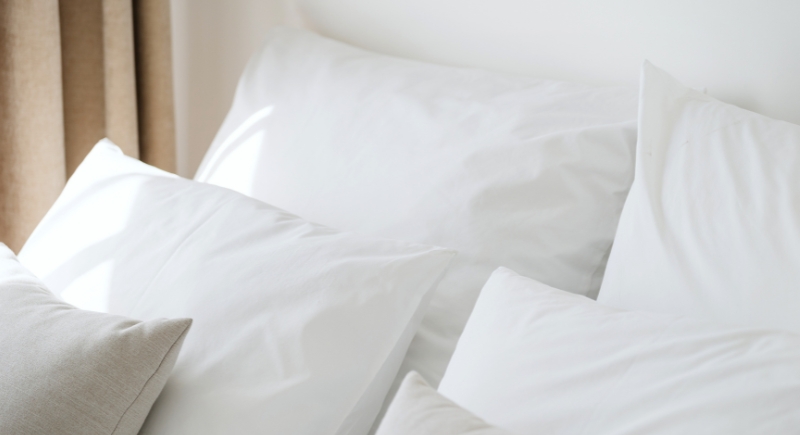
Credit: Getty Images
Even if you wash your face before bed, oil, sweat, and skin cells build up on pillowcases. Over time, they can host bacteria and fungi that contribute to acne or irritation. Dermatologists recommend changing pillowcases every few days to reduce skin exposure to bacteria.
Flies
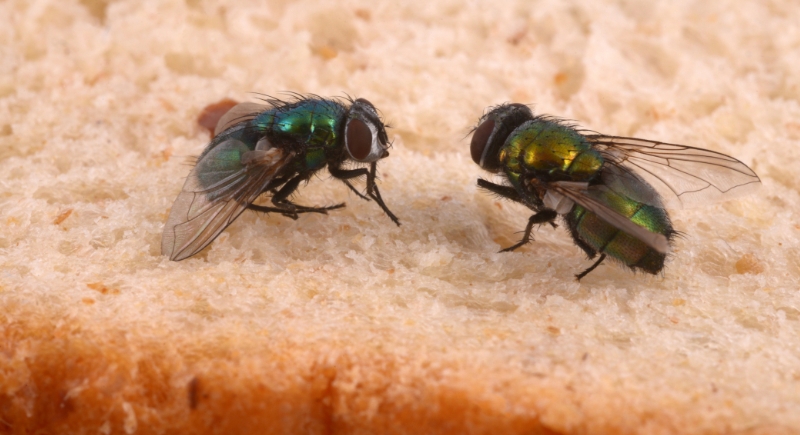
Credit: Getty Images
Flies may seem less alarming than cockroaches, but they often carry more germs. They land on trash, feces, and rotting food, and then on your utensils or plate. Each landing leaves behind bacteria. Swatting them away isn’t just annoying. It’s a valid defense against illness.
Coins and Cash

Credit: Canva
Money changes hands constantly and can carry tens of thousands of bacteria. A study from London Metropolitan University found over 26,000 bacterial colonies on banknotes. Coins can be just as contaminated. Wash your hands after handling cash or opt for contactless payments when possible.
Can Openers

Credit: Africa Images
The area around the blade collects just enough food residue to attract bacteria like Listeria and Salmonella. And because it’s rarely cleaned thoroughly, it sticks around. Wash your can opener after each use, and check that gunk doesn’t build up around the hinge or handle.
Laundry Baskets

Credit: pexels
Apart from odors, dirty clothes also carry sweat, oils, and skin cells along. When you dump clean laundry into the same unwashed basket, you’re putting it right back into the microbial mix. Wipe down plastic baskets or launder the liner weekly.
Soda Fountain Nozzles
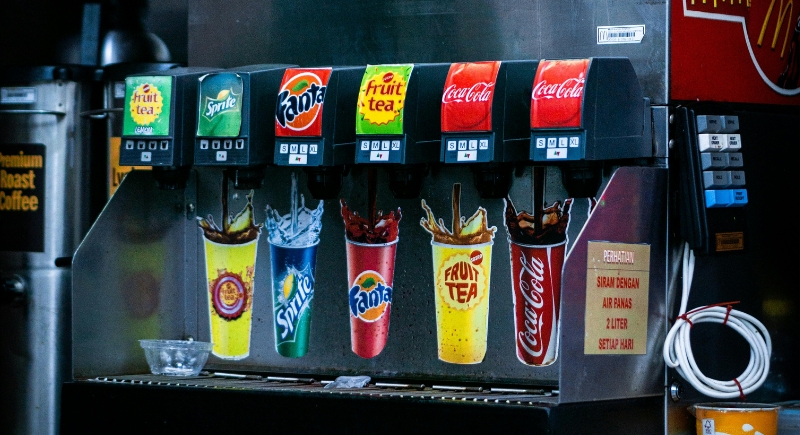
Credit: pexels
Self-serve drink machines at restaurants are rarely cleaned as thoroughly as you’d hope. Sugar buildup and condensation encourage mold and bacteria. If nozzles look grimy or sticky, they probably are. When possible, avoid direct contact or choose bottled drinks instead.
Restaurant Silverware

Credit: Photo Images
Mass-washed restaurant cutlery can sometimes emerge with bits of food still stuck on. Workers often dry and sort them in bulk, and quality control can be inconsistent. If your silverware feels greasy or looks cloudy, ask for a fresh set.
Belts

Credit: Canva
Sometimes, belts are adjusted with freshly washed hands, and sometimes not. And they’re almost never cleaned. Leather and fabric can hang on to oils and bacteria indefinitely. Give them a quick wipe-down every so often, especially if you wear the same one daily.
Doctor’s Necktie

Credit: Getty Images
Neckties don’t get washed nearly as often as scrubs or lab coats, yet they dangle close to patients during exams. Tests have found staph and other bacteria on them, enough that some hospitals have dropped ties from dress codes entirely.